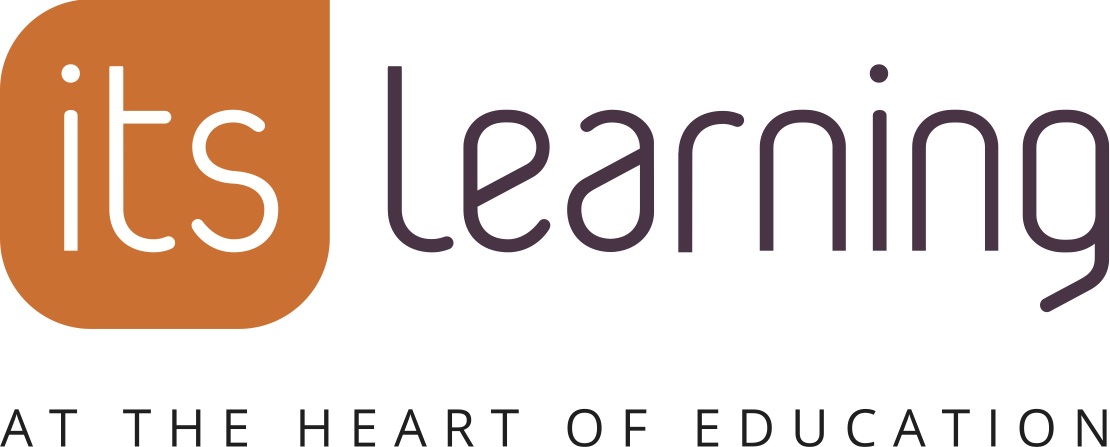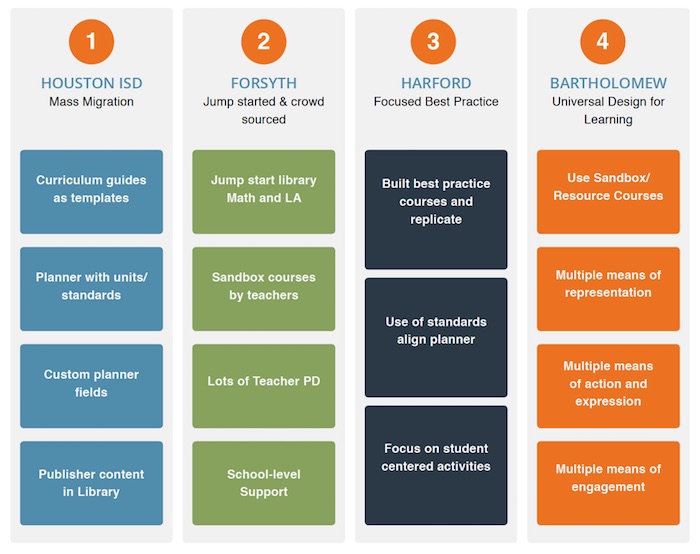Curriculum Management: 4 Strategies for Today’s Digital Classrooms

The shift to digital curriculum has begun, and if it hasn’t yet reached your school or district, it’s just a matter of time.
According to the Consortium for School Networking’s 2015 IT Leadership Survey, 84 percent of school technology officials expect that at least half of their instructional materials will be digitally based within three short years.
And with this move to digital, educators who continue to use yesterday’s ways of managing their curriculum will soon find themselves behind the curve.
But it doesn’t have to be that way. Educators at Houston ISD (Texas), Forsyth County (Georgia), Harford County (Maryland) and Bartholomew CSC (Indiana) have found ways to successfully manage this digital transition, each using a distinct model aligning with their school system’s visions, goals and philosophies.
In this article we’ll explore the importance of effective curriculum management, some common curriculum challenges educators just like you are facing, as well as uncover four different ways you can make curriculum management in the digital classroom successful.
Why Is Curriculum Management Important?
By implementing a consistent framework for teaching across the school district, leaders can assess student and teacher performance against common standards, making it easier to spot issues that may need immediate attention, as well as discover best practices that may otherwise be hidden.
Tools and ideas to transform education. Sign up below.
However, none of this is possible unless the district has put practices in place to effectively manage their curriculum. To put this in perspective, because of its very nature, digital content is constantly changing, and districts already have a hard time making sense of the mountains of student data that seem to multiply daily.
When these forces come together, threats such as content gaps, inefficiencies in developing and adapting curriculum – or worse, missed opportunities for student intervention, become magnified.
Outcomes of Effective Curriculum Management
Talk to any district leader about some of the biggest challenges they face, and you’re likely to find that many educators grapple with the same types of issues: difficulty in tracking and comparing student progress; too many systems in place; inefficient processes for curriculum changes; and how to handle previous investment in other resources.
The solution for many educators? A system to effectively manage their digital curriculum.
To understand how this works in practice, let’s look at some examples of how different school systems have built curriculum management systems that allow them to more effectively track student progress; drive efficiency by providing easy access to courses and student progress data; and help them make the most of the investments they’ve already made to support their curriculum.
Four Strategies for Successful Curriculum Management
Because your district’s vision, goals and philosophies are unique, chances are your approach to curriculum management also differs from other districts around you.
That’s why it’s important to weigh a variety of options when it comes to deciding the best way to manage your digital curriculum.
Following are four successful curriculum management strategies used by school districts across the country – all made possible with the help of their learning management system (LMS).

1. Align units, lessons and assessments
Create a system that lets you connect your content to district, state or national standards, as well as established learning outcomes and your own learning objectives.
2. Make it a one-stop solution
Save time with a solution that gives teachers, curriculum managers and parents quick, easy access to courses, resources and student progress – all from one user interface, with one login
3. Adopt a dynamic solution
Drive efficiency by ensuring that all changes are automatically reflected throughout your district, in every school and for every teacher
4. Build in best practices
Encourage best practices by building them into your course design and pedagogy, as well as providing online spaces for resource sharing and teacher collaboration
5. Maximize your curriculum investment
Make your investment in existing resources go further by making sure all of your resources are easily accessible to teachers, including free content
ADDITIONAL RESOURCES
Going Digital: A Curriculum Management Playbook
